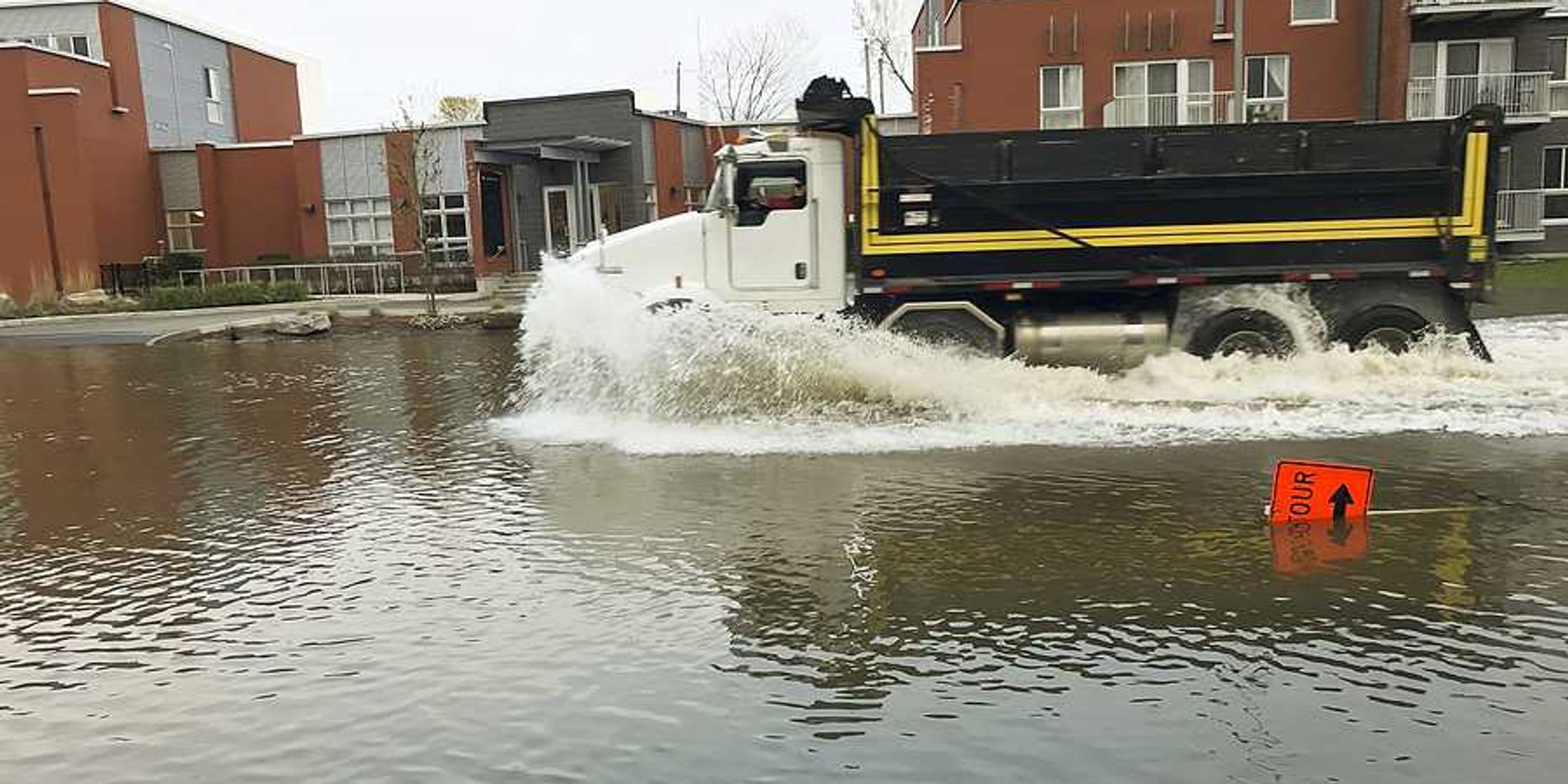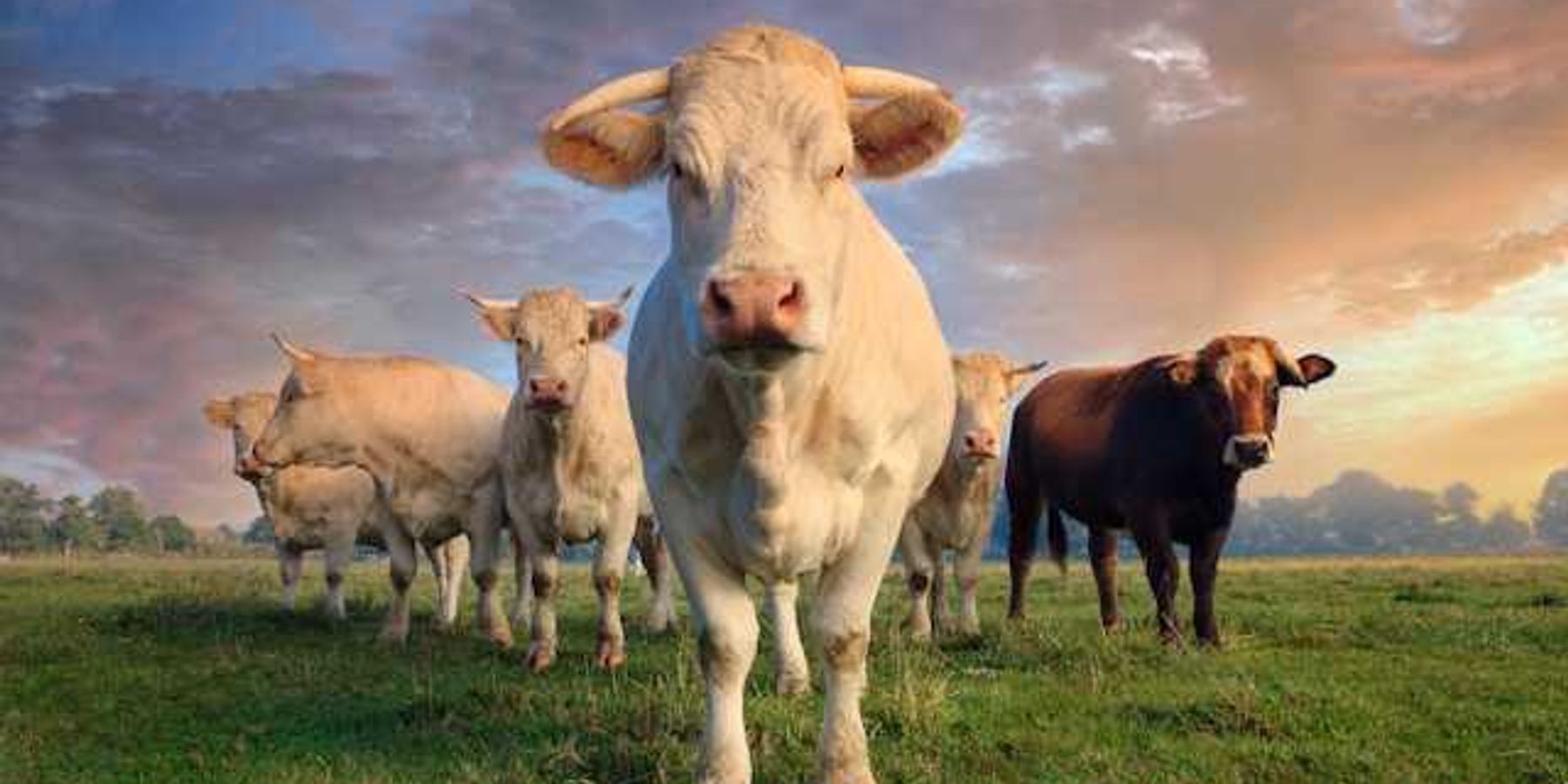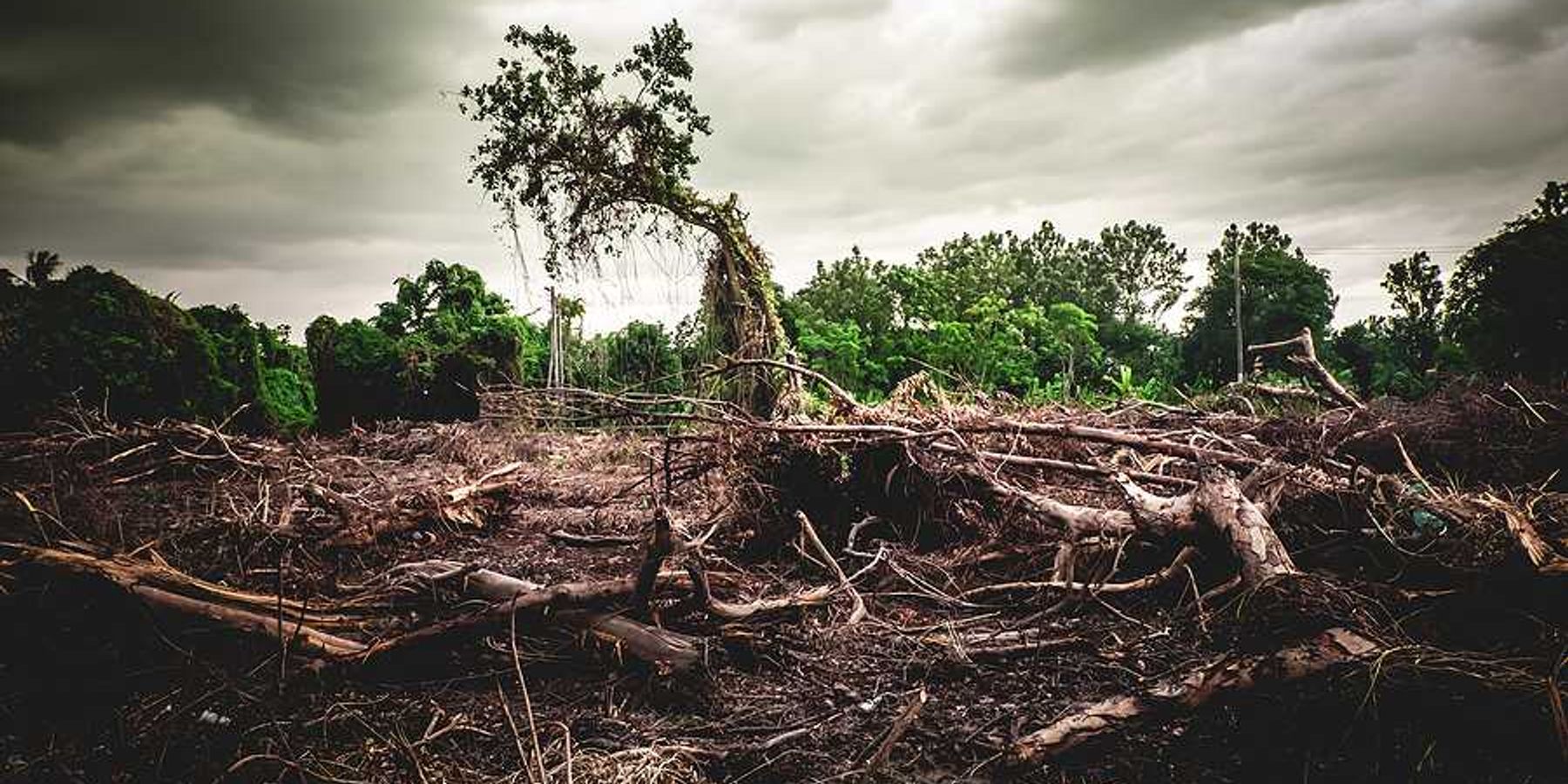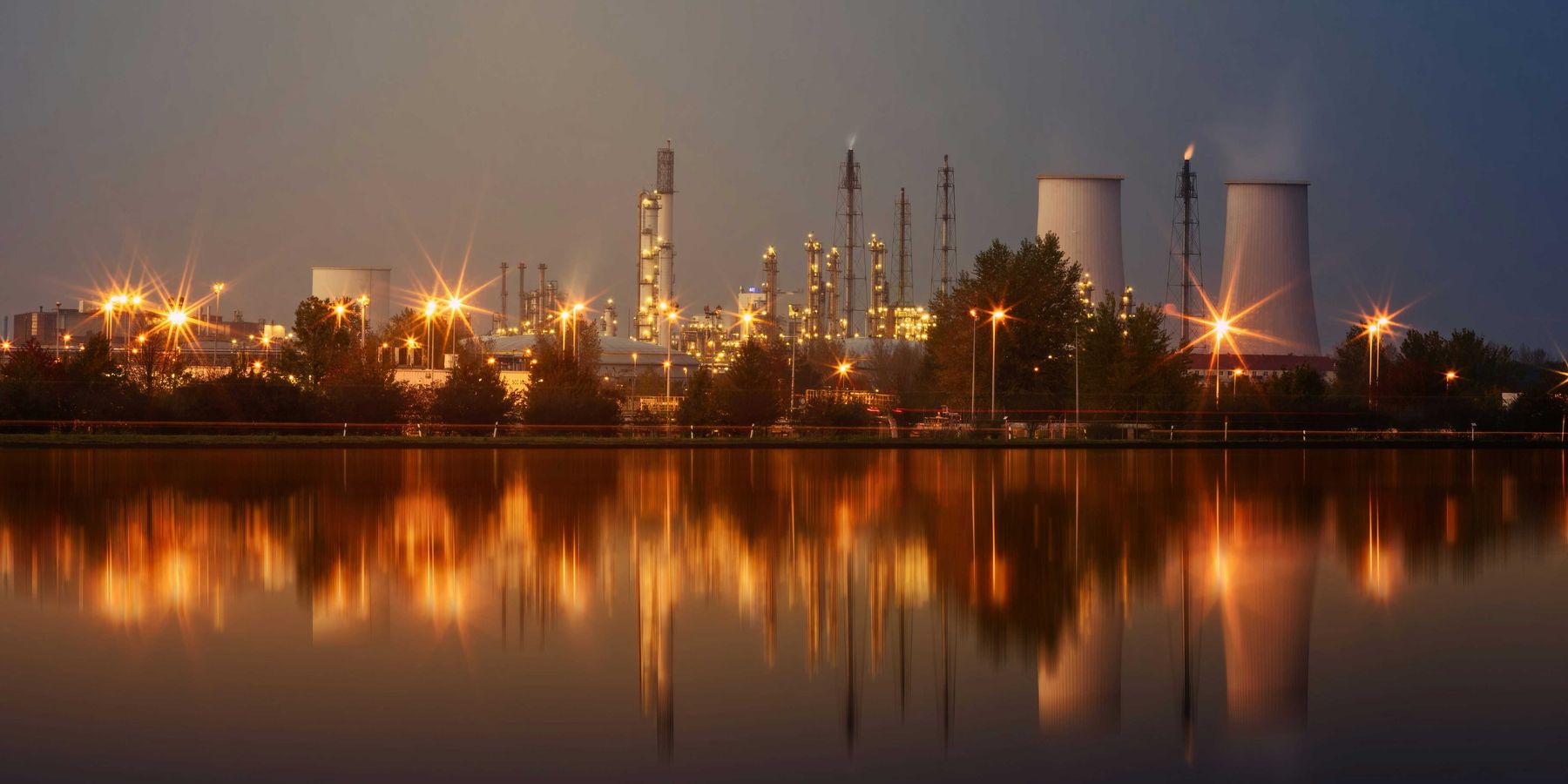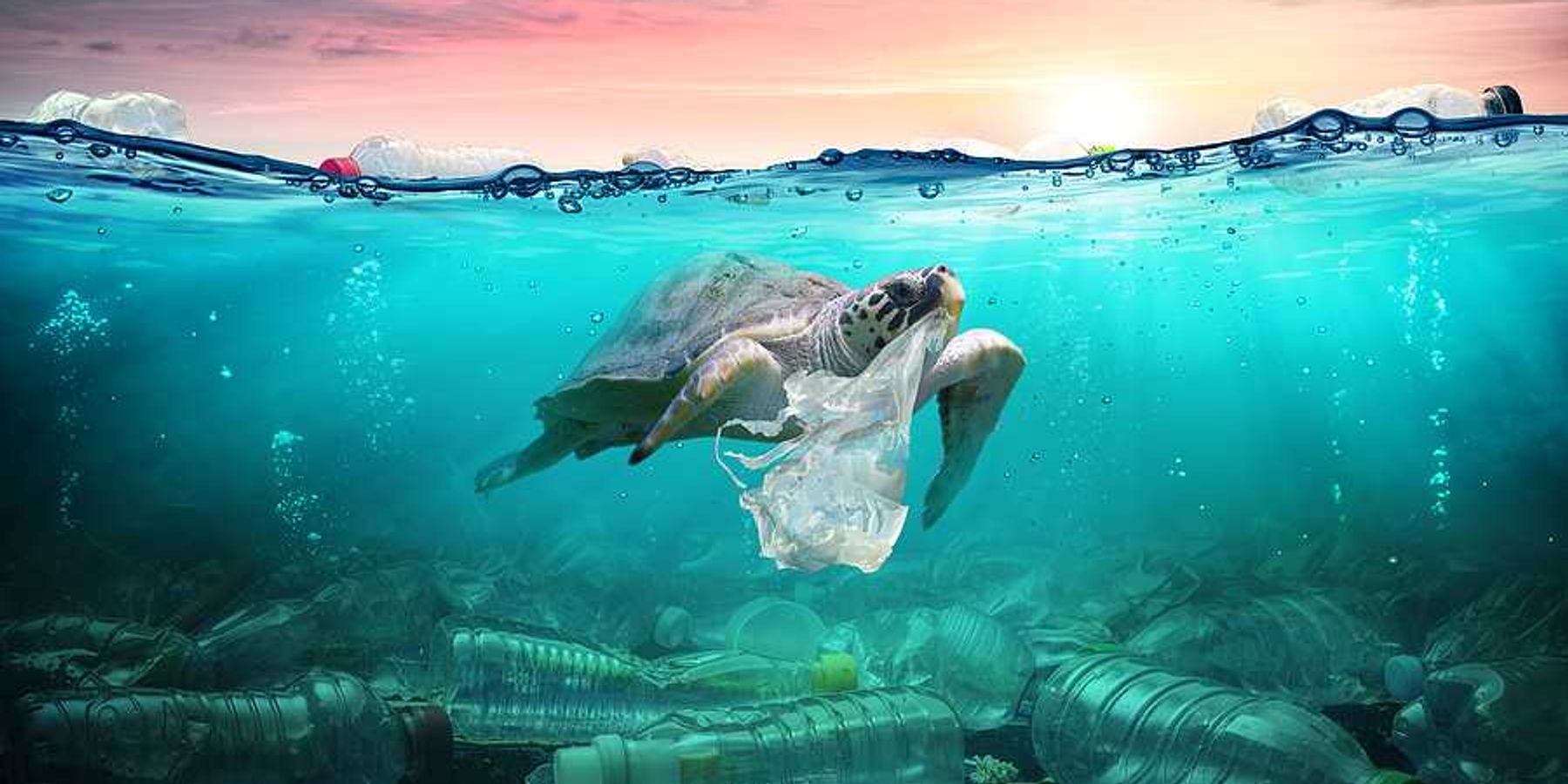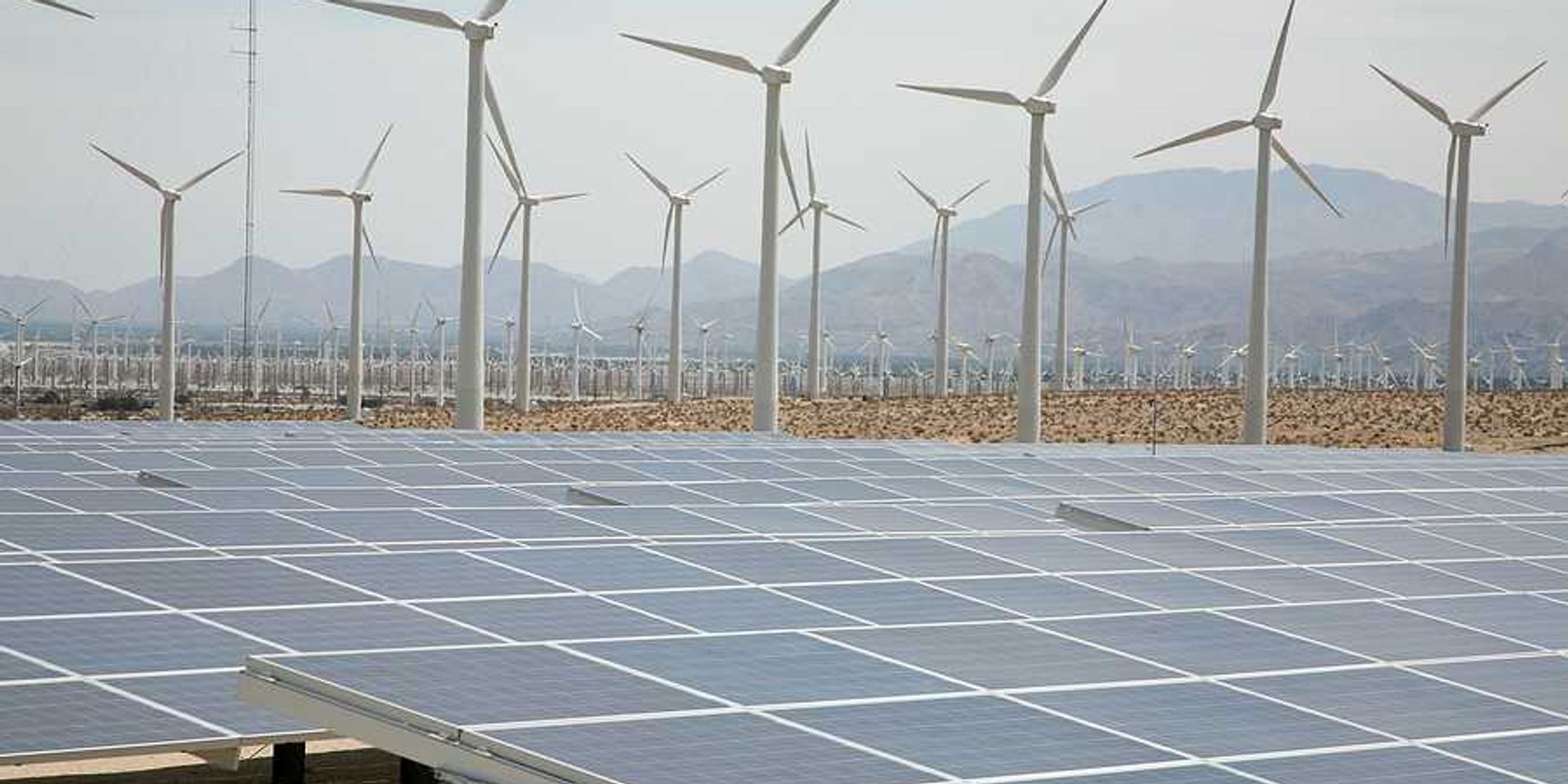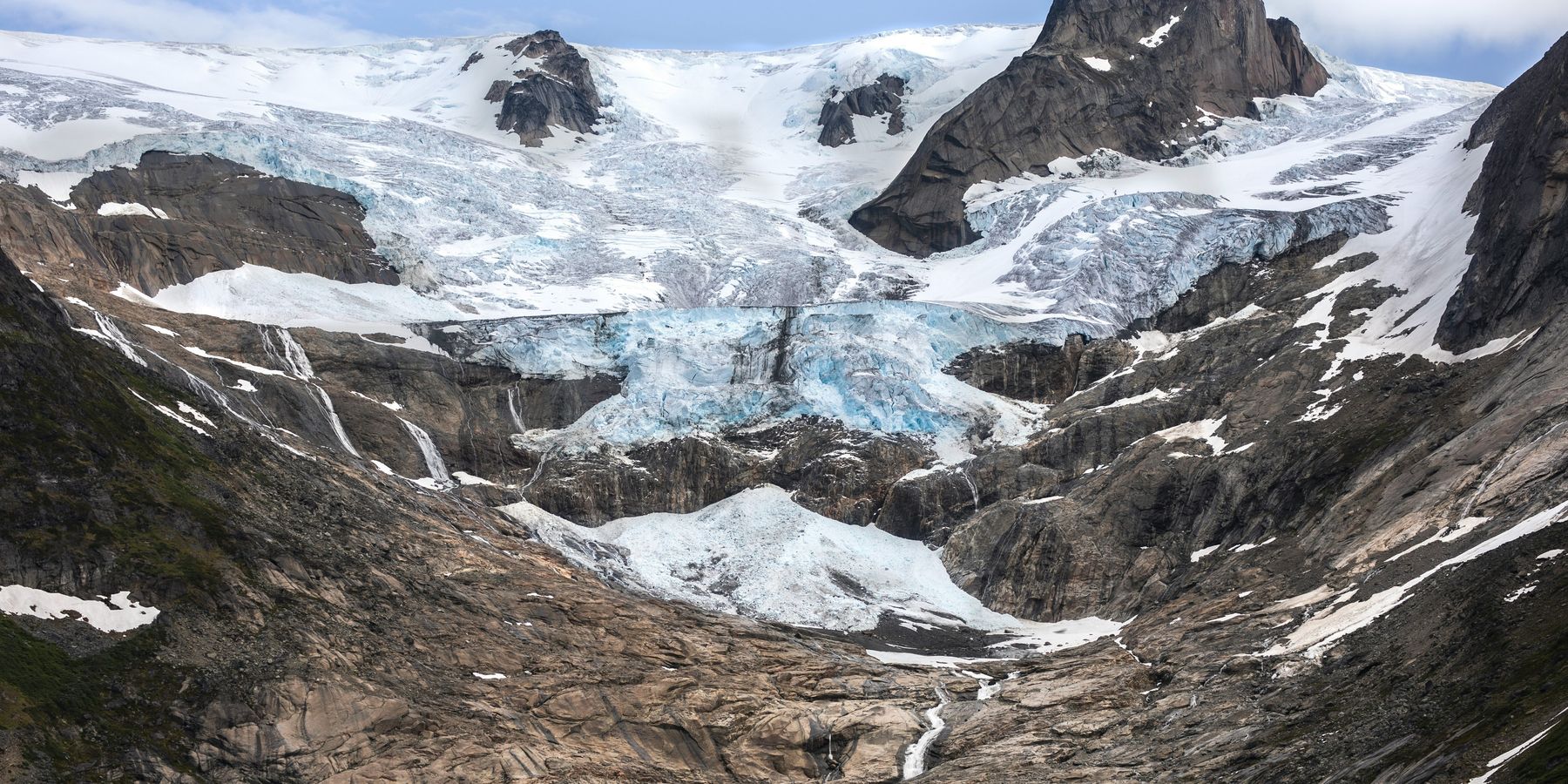Great Lakes experience drastic reduction in ice cover
Last month, the Great Lakes recorded an average ice cover of just 6%, one of the lowest levels in the past 50 years, signaling a concerning trend linked to global heating.
Nina Lakhani reports for The Guardian.
In short:
- The Great Lakes' ice cover has significantly decreased, with only 6% coverage last month, far below the 50-year average.
- Scientists attribute this decline to global heating, leading to rapid ice loss and warmer water temperatures.
- The reduction in ice cover has widespread environmental, cultural, and societal impacts, including changes in the ecosystem and challenges for regional tourism and industries.
Key quote:
"If the planet continues to warm, 215,000 lakes may no longer freeze every winter and almost 5,700 lakes may permanently lose ice cover by the end of the century."
—Sapna Sharma, professor at York University
Why this matters:
The diminishing ice cover in the Great Lakes is an indicator of climate change's impact on natural ecosystems. This trend not only disrupts local wildlife and fisheries but also affects cultural practices and economic activities dependent on winter conditions. It underscores the urgency of addressing global heating to preserve these vital freshwater resources.
A byproduct of yellow pigment manufacturing is showing up in Great Lakes air—and it isn't going away.

